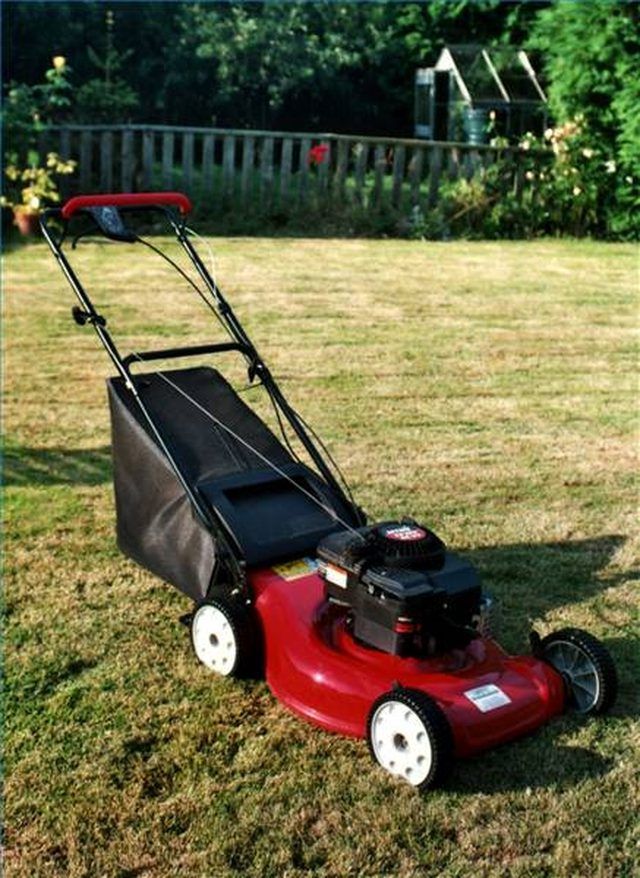Bulbs
Flower Basics
Flower Beds & Specialty Gardens
Flower Garden
Garden Furniture
Garden Gnomes
Garden Seeds
Garden Sheds
Garden Statues
Garden Tools & Supplies
Gardening Basics
Green & Organic
Groundcovers & Vines
Growing Annuals
Growing Basil
Growing Beans
Growing Berries
Growing Blueberries
Growing Cactus
Growing Corn
Growing Cotton
Growing Edibles
Growing Flowers
Growing Garlic
Growing Grapes
Growing Grass
Growing Herbs
Growing Jasmine
Growing Mint
Growing Mushrooms
Orchids
Growing Peanuts
Growing Perennials
Growing Plants
Growing Rosemary
Growing Roses
Growing Strawberries
Growing Sunflowers
Growing Thyme
Growing Tomatoes
Growing Tulips
Growing Vegetables
Herb Basics
Herb Garden
Indoor Growing
Landscaping Basics
Landscaping Patios
Landscaping Plants
Landscaping Shrubs
Landscaping Trees
Landscaping Walks & Pathways
Lawn Basics
Lawn Maintenance
Lawn Mowers
Lawn Ornaments
Lawn Planting
Lawn Tools
Outdoor Growing
Overall Landscape Planning
Pests, Weeds & Problems
Plant Basics
Rock Garden
Rose Garden
Shrubs
Soil
Specialty Gardens
Trees
Vegetable Garden
Yard Maintenance
How to Make Patterns When Cutting Grass
How to Make Patterns When Cutting Grass. Lawns with stripes or checkerboards mowed into them are healthy lawns; only thick, lush grass can be mowed in patterns. Still, it is not the grass that produces the pattern but the sunlight reflected on bent grass blades. Grass bent towards you will look darker than grass bent away from you. The trick is to...

Lawns with stripes or checkerboards mowed into them are healthy lawns; only thick, lush grass can be mowed in patterns. Still, it is not the grass that produces the pattern but the sunlight reflected on bent grass blades. Grass bent towards you will look darker than grass bent away from you. The trick is to cut the grass, then bend it over with one push of the lawnmower. Professionals use heavy rollers in front and back of the mower. Commercial lawnmowers (used to mow office lawns) have larger wheels than home rotary mowers, so more grass is pressed down, creating a patterned look. It's not difficult to mow a pattern into your own lawn, but it is time consuming. Use the debris flap behind the mower's back wheels to press down the grass as you mow. The flap is wider than the wheels--which can also be used to flatten the grass, but limit the pattern to stripes.
Things You'll Need
Power drill
18-by-? inch galvanized, threaded pipe
2 pipe ends
3 plastic cable ties
Sand or gravel
Mow Stripes
Mow the perimeter of your lawn.
Mow the entire lawn either vertically or horizontally by going back and forth across it with the mower. Overlap the lines by 6 inches. This will push down the turf in two directions to create the illusion of a wide "line" in your lawn.
When you turn at each row's end to start a row in the opposite direction, reduce the damage to your lawn by using a Y-like turn in the perimeter.
Mow the perimeter once more.
Modify your Mower's Debris Flap for Wider Grass-Flattening
Cap one end of a 18-by-? inch galvanized, threaded pipe. Fill the pipe with sand or gravel, then cap the other end.
Drill three holes in the debris flap about 1 ? inches from the top. The first hole should be about 1 inch from the right side of the flap, the second should be about 1 inch from the flap's left side and the third should be drilled between the first two.
Place the sand- or gravel-filled pipe in the curled edge of the flap. Thread three plastic ties through the drilled holes and under the pipe to secure it to the flap. Do not pull the lawn mower backwards with the pipe secured to the debris flap. Doing so can cause major damage to the lawnmower's blades.
Mow Patterns Using the Modified Debris Flap
Mow the perimeter of your lawn.
Mow a checkerboard pattern. Mow the entire lawn, back and forth, either horizontally or vertically. Change directions and mow the lawn again (if you first mowed horizontally, now mow vertically).
Mow a diagonal pattern into your lawn. Mow the entire lawn, back and forth, in diagonal lines. Change directions and mow the lawn again in opposite diagonals.
Finish by mowing the perimeter again.
Tips & Warnings
Mow at least once a week.
Set your lawnmower's wheels to the second highest setting to ensure you are not cutting more than 1/3 inch when you mow.
Unless you have mulching blades on your mower, bag your lawn clippings.
Mow in different directions each time you mow so that the grass does not become trained to bend in one direction.